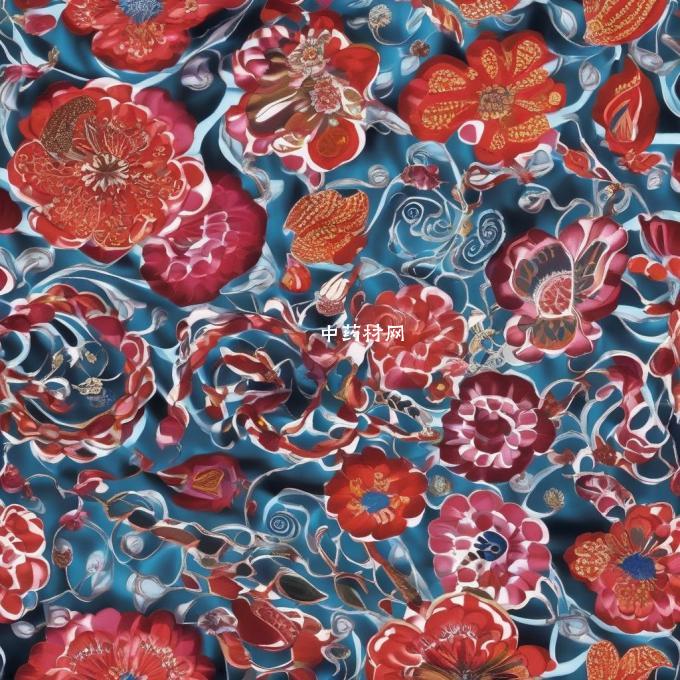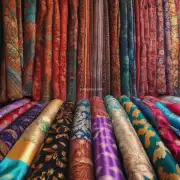蚕丝如何成为 silk?
Silk is a natural fiber that is produced by the cocoons of silkworms. Silkworms are moths that feed on mulberry leaves. The cocoons of silkworms are made of a protein called sericin, which is a natural lubricant. When the cocoons are mature, they are dried and spun into silk.
Silk is a very strong and durable fiber. It is often used in high-quality clothing and upholstery. Silk is also used in a variety of other products, such as parachutes, sails, and curtains.
How does silkworms produce silk?
Silkworms produce silk by secreting a protein called sericin into their cocoons. Sericin is a natural lubricant that helps to protect the silkworms from drying out. When the cocoons are mature, they are dried and spun into silk.
Silkworms have a special structure that allows them to produce silk. Their cocoons are made of a protein called sericin, which is a natural lubricant. The sericin is produced in the silkworms' salivary glands and is then secreted into the cocoons.
Silkworms also have a special enzyme called sericinase, which breaks down the sericin and allows it to be used in the production of silk.
Silkworms produce silk in a cyclical process. They start by secreting sericin into their cocoons. The sericin is then secreted into the air, where it is carried to the mulberry leaves. The mulberry leaves are the food of the silkworms.
When the mulberry leaves are eaten by the silkworms, they secrete sericin into the cocoons. The sericin is then secreted into the air, where it is carried to the cocoons. This process continues in a cyclical process, with the silkworms producing silk and the mulberry leaves providing the food for the silkworms.
Silk is a very important fiber in the world. It is used in a variety of products, from clothing to upholstery. Silk is also used in a variety of industries, such as textiles, fashion, and upholstery.



